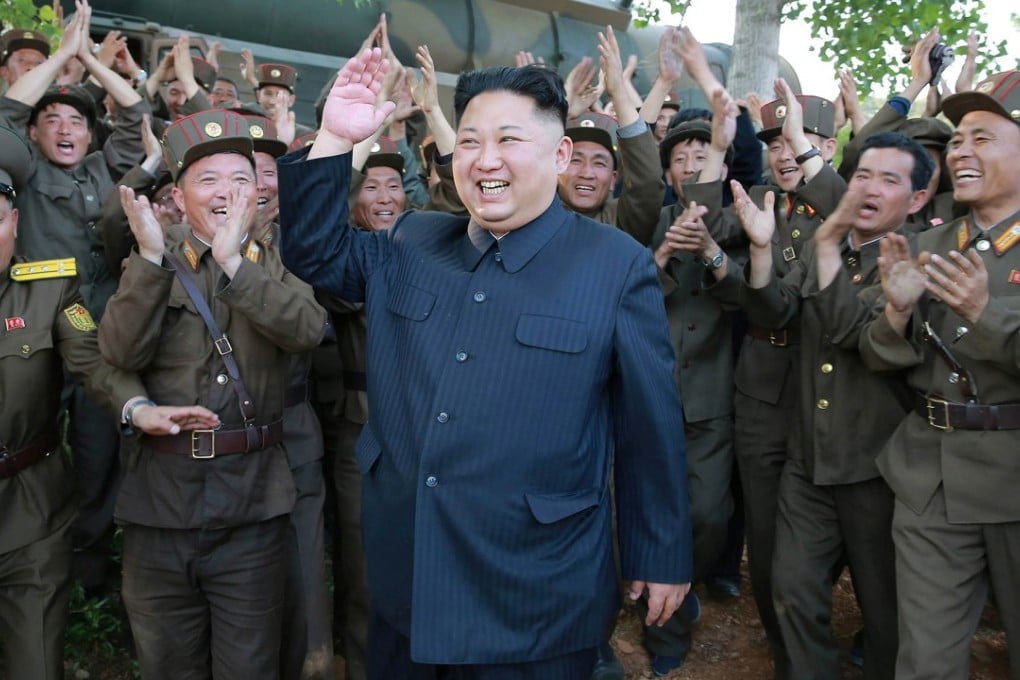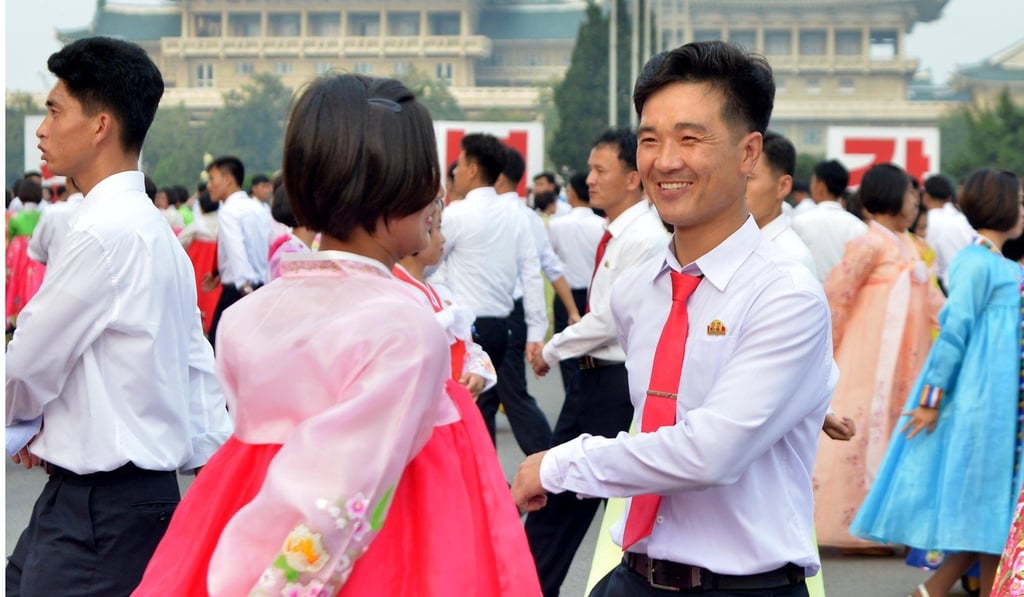How the US can get Chinese and Russian support for regime change in North Korea
Richard Alan Nelson says the US should offer a ‘grand bargain’ to Beijing and Moscow: if they could help to remove the Kim regime and work towards Korean reunification, America would withdraw its military troops from the Korean peninsula

From its point of view, joining the nuclear club was a rational strategy to counter threats of regime change. US administrations since the Clinton years have employed a carrot-and-stick approach of appeasement and threat. The two decades of on-and-off negotiations by American officials with the North Koreans, to prevent nuclear weaponisation and missile development, have now been proven an abject failure.
Can China and Russia work together to defuse Korean peninsula’s nuclear crisis?

Why North Korea will become a nuclear power despite pressure
Despite this disparity, the North invests heavily in its military and advanced weapons programmes. The North spends an estimated 23.3 per cent of its GDP on the military, in comparison to the South’s 2.6 per cent. In terms of troops, the North has an estimated 1,190,000 active duty troops, while the South maintains only 655,000. The only reason for such high service numbers in both countries is the very palpable threat of renewed conflict.
A permanent end to the ‘problem’ of North Korea is the more desirable result